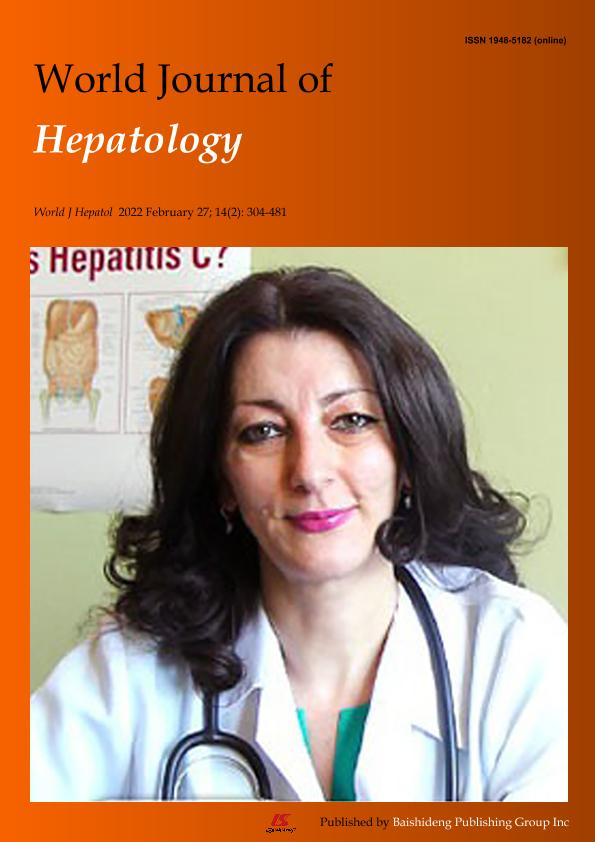Artículo
Hepatocellular carcinoma in patients with metabolic dysfunctionassociated fatty liver disease: Can we stratify at-risk populations?
Fassio, Eduardo; Barreyro, Fernando Javier ; Pérez, Mariana Soledad; Dávila, Diana; Landeira, Graciela; Gualano, Gisela; Ruffillo, Gabriela
; Pérez, Mariana Soledad; Dávila, Diana; Landeira, Graciela; Gualano, Gisela; Ruffillo, Gabriela
 ; Pérez, Mariana Soledad; Dávila, Diana; Landeira, Graciela; Gualano, Gisela; Ruffillo, Gabriela
; Pérez, Mariana Soledad; Dávila, Diana; Landeira, Graciela; Gualano, Gisela; Ruffillo, Gabriela
Fecha de publicación:
02/2022
Editorial:
Baishideng Publishing Group Inc
Revista:
World Journal of Hepatology
e-ISSN:
1948-5182
Idioma:
Inglés
Tipo de recurso:
Artículo publicado
Clasificación temática:
Resumen
Metabolic dysfunction-associated fatty liver disease (MAFLD) is a new nomenclature recently proposed by a panel of international experts so that the entity is defined based on positive criteria and linked to pathogenesis, replacing the traditional non-alcoholic fatty liver disease (NAFLD), a definition based on exclusion criteria. NAFLD/MAFLD is currently the most common form of chronic liver disease worldwide and is a growing risk factor for development of hepatocellular carcinoma (HCC). It is estimated than 25% of the global population have NAFLD and is projected to increase in the next years. Major Scientific Societies agree that surveillance for HCC should be indicated in patients with NAFLD/ MAFLD and cirrhosis but differ in non-cirrhotic patients (including those with advanced fibrosis). Several studies have shown that the annual incidence rate of HCC in NAFLD-cirrhosis is greater than 1%, thus surveillance for HCC is cost-effective. Risk factors that increase HCC incidence in these patients are male gender, older age, presence of diabetes and any degree of alcohol consumption. In non-cirrhotic patients, the incidence of HCC is much lower and variable, being a great challenge to stratify the risk of HCC in this group. Furthermore, large epidemiological studies based on the general population have shown that diabetes and obesity significantly increase risk of HCC. Some genetic variants may also play a role modifying the HCC occurrence among patients with NAFLD. The purpose of this review is to discuss the epidemiology, clinical and genetic risk factors that may influence the risk of HCC in NAFLD/MAFLD patients and propose screening strategy to translate into better patient care.
Archivos asociados
Licencia
Identificadores
Colecciones
Articulos(CCT - NORDESTE)
Articulos de CTRO.CIENTIFICO TECNOL.CONICET - NORDESTE
Articulos de CTRO.CIENTIFICO TECNOL.CONICET - NORDESTE
Citación
Fassio, Eduardo; Barreyro, Fernando Javier; Pérez, Mariana Soledad; Dávila, Diana; Landeira, Graciela; et al.; Hepatocellular carcinoma in patients with metabolic dysfunctionassociated fatty liver disease: Can we stratify at-risk populations?; Baishideng Publishing Group Inc; World Journal of Hepatology; 14; 2; 2-2022; 354-371
Compartir
Altmétricas



